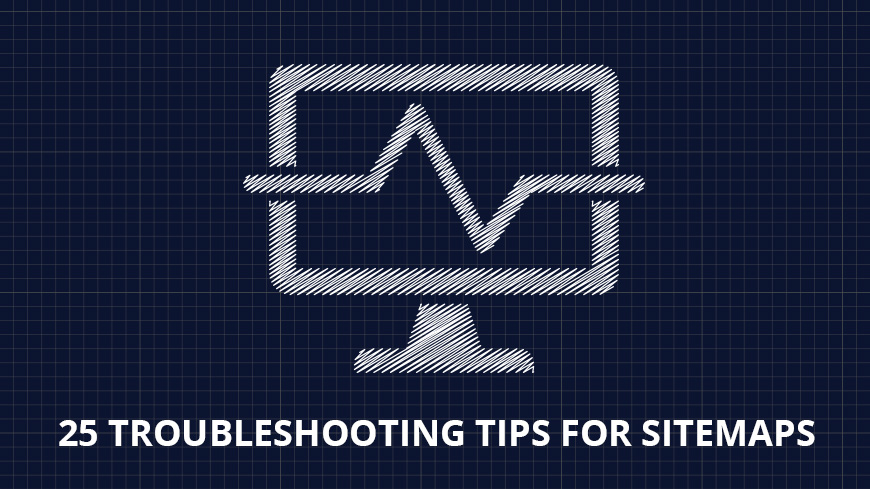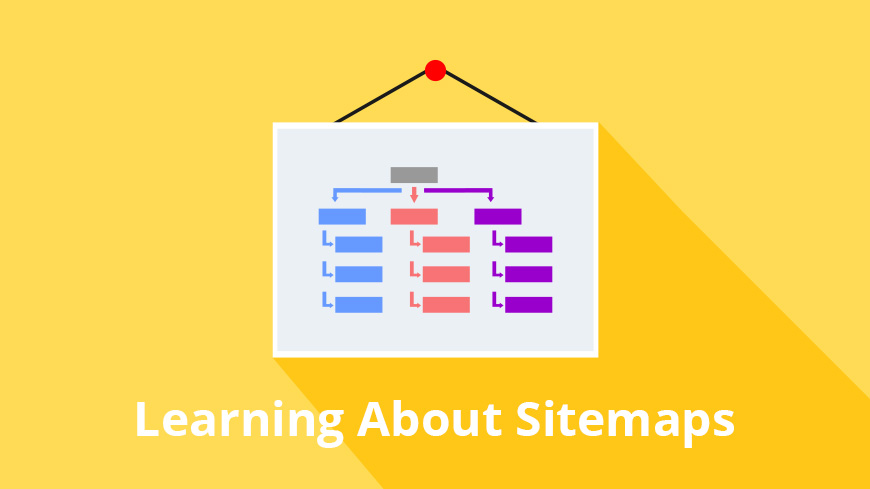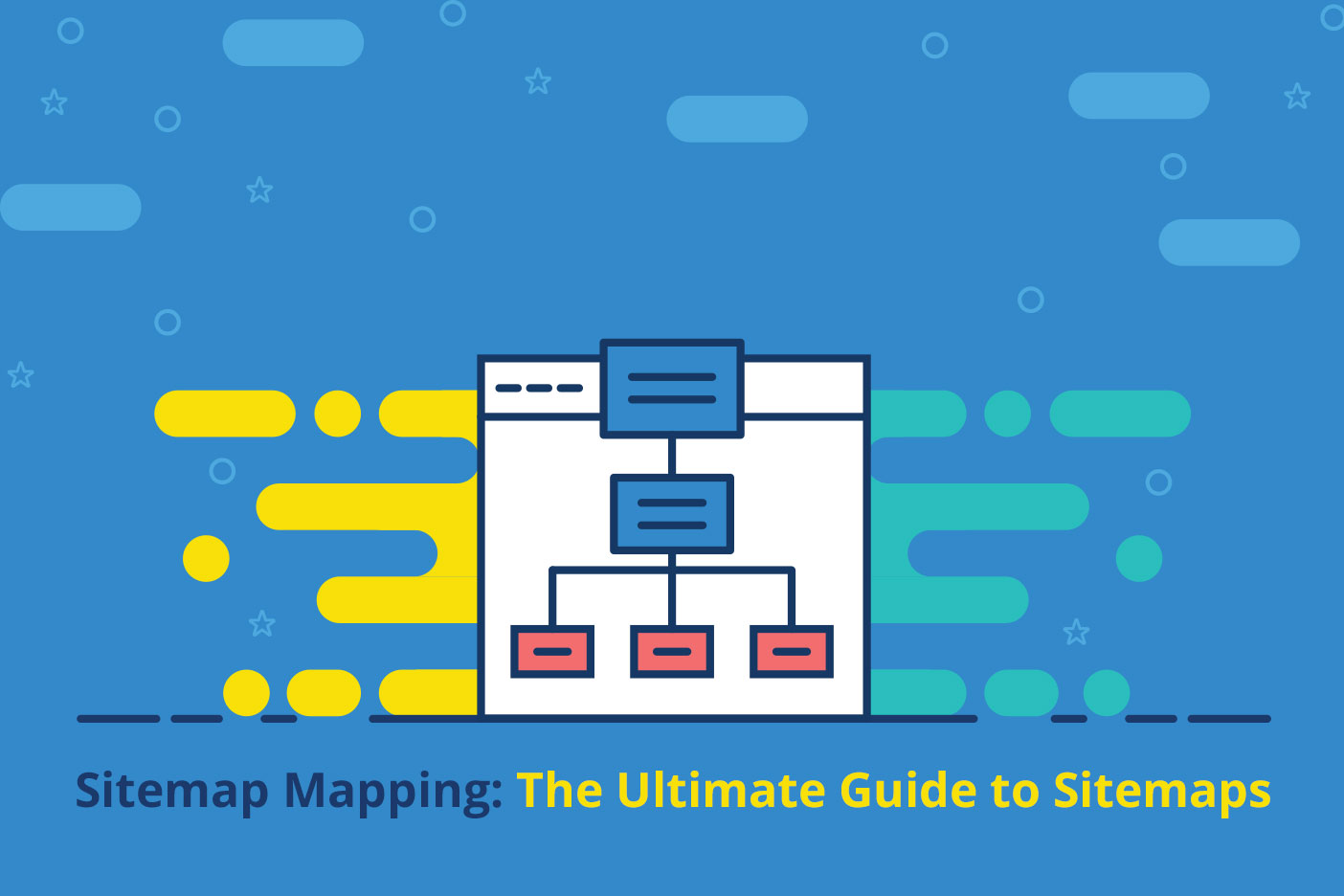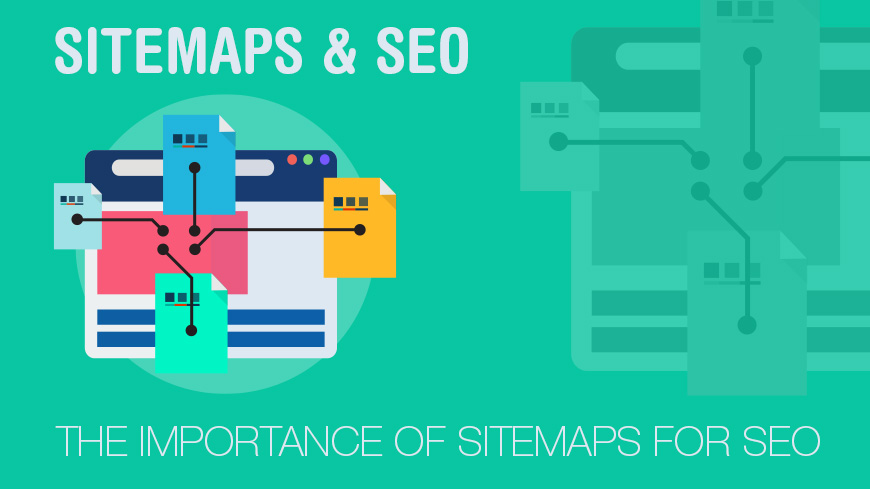Sitemaps

Information architecture is known to be the structural design of environments of shared information. In general, it involves a concept or model of information that is applied to activities that will require specific details of intricate details of a complex information system. It is the way that content is organized and then categorized on a website. Many people think of information architecture kind of as “buckets of information” that will make up the sections within the website. Then, the concepts or content that can be grouped together will go into the same “bucket”. All websites have their own information architecture, but do not encounter the same problems, although most of them actually have holes in their information architecture or poor IA altogether, causing navigation difficulties for website visitors. Having a great information architecture and sitemaps will ensure that the maximum amount of website visitors will be able to find what they are looking for, thus improving your conversion and website ROI (return on investment).
Read more25 Troubleshooting Tips for Sitemaps Posted 10.07.2016

A sitemap is a file that contains a list of pages on a website, to allowing web crawlers like Googlebot to crawl a website. Many web crawlers are able to explore and discover all files on a website, but with the help of a sitemap a crawler can gather metadata about the site. This metadata will tell how often information on the page changes, indicating how often the web page should be crawled. It will also show the details about content that would be hard for a search engine to analyze—like file descriptions for images or videos. Google's Search Console allows you to view, add, and test out sitemaps.
Read more5 Essential Steps for a Successful Website Redesign Posted 08.25.2016

Productivity tools are an essential part of completing a successful website redesign. Some individuals might think that the task of redesigning their website means simply giving it a facelift—this is not the case. Doing this will cause an array of problems. It is essential for the webmaster to know the content that makes up the website and how it performs, as well as how to proceed with new content going forward. Visual sitemaps, content inventories, content audits, Google Analytics, and content planning tools are made to assist with discovering the meat of a website, and translating what you should do with it.
Read moreCrawling Private Pages of Password Protected Websites Posted 09.09.2017

What is a password protected website? Why would a website be password protected? Why would I want to crawl a password protected website? These are common questions that everyone asks themselves at some point, especially if you work in website design, development, or SEO. Let’s take each question one at a time, before looking at a few others as well.
Read moreDo Sitemaps Help SEO? The Importance of Sitemaps for SEO Posted 02.09.2017
Sitemaps are a necessity for SEO
A sitemap is defined as a simple directory or guide that holds information along with other details on web pages that are contained on a website, in addition to the content on these pages. Search engines will do their job in crawling a sitemap to find and identify all information that is applicable to a specific search query that has been performed. The pages within the directory are listed in a logical hierarchical order, where the most relevant pages will be listed at the top, and the least relevant pages will be placed closer to the bottom.
Read moreFrequently Asked Questions About Sitemaps Posted 11.15.2016

Sitemaps are the best and easiest way for webmasters to inform major search engines about pages on their website that are open for crawling and indexing. Broken down simply, a sitemap is an XML file that is a list of URLs contained on each site, along with added metadata about each of the URLs so that the search engines can more accurately crawl these sites. This metadata can be anything from how often it changes, when it was last updated, its priority in relation to other pages on the site, and much more.
Read moreHow to submit sitemaps to Google, Bing, Yahoo, and Ask.com? Posted 03.31.2015

After successfully creating a sitemap for a website, the sitemap must be submitted to main search engines manually. This article will provide users with information and steps one should take to submit the sitemap to search engine sites. Submitting to Google, Bing, and Yahoo separately is worth it and does not take much time.
Read moreHow to Target International Visitors to Your Website Posted 09.08.2016

International targeting is not something that every webmaster is familiar with, especially if their market is more localized. When a person manages multiple websites that are designed for users within a specific region that speak a specific language, it is important that the search results display the most relevant language as well as the country version of the website. There are two major things that one can do to make sure that the content will reach the audience in the correct language: URL level targeting and site-wide targeting.
Read moreHTML Sitemaps - A Table of Contents for Your Website Posted 05.08.2015

It is a common publishing practice to include a table of content to any book. Actually, a book that lacks a TOC is considered incomplete because readers are likely to get lost somewhere along the way. Furthermore, you will need to occasionally come back to the table of contents for direction on where exactly to find the information you are searching for. This is the same principle on which HTML sitemaps operate; they act as tables of content to your website enabling users to easily find the information fast and hassle-free.
Read moreLearning About Sitemaps Posted 07.01.2016

A sitemap is a file that contains a list of many web pages that are contained in a single website. It is used to tell search engines about the site content and how it is organized. Web crawlers used by search engines will read the file in order to gain more knowledge about the website, and crawl it more effectively. The sitemap will also provide very valuable metadata that is associated with the web pages that are listed on the sitemap. Metadata is data about the webpage—this would include information like how often the web page is changed, when it was last updated, and its importance in relation to the other pages in the website.
Read moreMultilingual and Multinational Sitemaps for SEO Posted 06.16.2016

Quite a few years ago Google announced the availability of annotations for websites that would target users in other languages as well as users that were physically in other countries. These invitations are representative of a conglomerate of quibbling pages that are aimed at users around the world. They were also implemented by using rel-alternate-hreflang linking elements in the HTML code of each page contained in the cluster. There is also support for specifying these hreflang annotations within the site map.
Read moreOrganize Your Website Redesign Using a Premium Sitemap Generator Posted 05.26.2016

DYNO Mapper has many features to use in the content planning phase of designing a website. This makes it easy to manage your workflow and gather the content that is necessary. Using the tools available, DYNO Mapper makes it easy to plan, discover, and execute a new content strategy whether it is a medium or large website that you are redesigning. These tools enable you to plan the website from the ground up while staying extremely organized. You become capable of distributing content assignments to your team members while making sure that they meet their milestones and other due dates. You can create content blocks made of plain text, rich text, images, links, files, and videos—while ensuring that they are contained seamlessly in the site map. Team members may be assigned pages and their progress can be tracked with the content calendar. The files may then be exported for easy content planning in PDF and CSV formats.
Read moreSitemap Mapping: The Ultimate Guide to Sitemaps Posted 09.17.2018

What is a Sitemap? | What Types of Sitemaps Are There? | Why do you need a Sitemap? | Who Uses Sitemaps? | How to Create a Sitemap? | How to Submit Sitemaps to Search Engines?
Imagine that you are a content creator. Every week you produce dozens of videos or art pieces which you then post on various websites. At this, your ultimate goal is to bring home traffic to your website to make money by selling merchandise, showing ads, or serving visitors who support you directly. You want your website to be neat, organized, and easy to navigate. Site mapping can help you with that.
Read moreSitemaps for SEO Posted 03.30.2015

A Sitemap’s purpose is spelling out a website’s main content and to provide search engines with the content they should present to visitors who search keyword phrases. Back in the early days of websites and search engines, SEO firms made huge profits by submitting websites they supported to thousands of search engines that were in existence. Today’s SEO is much different; we seek to take full advantage of any opportunities to provide our content in all of the appropriate types of media available. Here are some tips for an effective and useful sitemap and how to implement it into your website.
What distinguishes an ok sitemap from a great one?
A great sitemap does the following:
- Show a fast, easy to understand overview of the website.
- Provide pathways for SE algorithms to follow.
- Provide text links to every sub-page of the website site.
- Show visitors where the information they desire is located.
- Improves how your website is indexed by search engines.
Read more
The Importance of Sitemaps Posted 04.24.2016

To some, sitemaps might seem like a needless chore, and others, a sitemap is pretty much an essential for any website. The latter of the two would be correct. Having a sitemap that is constructed with a clear goal in mind could be the driving factor to a website's success. It will provide a vital link between a website and search engine that nurtures the relationship that is vital to the website's prosperity. A well-structured sitemap will make a website searchable by all search engines, and will provide users with more accurate search results when they are looking for keywords or key terms that are associated with a website. These website site crawlers used by search engines depend on sitemaps to point them in the direction of the correct website that a user is searching for.
Read moreThree Reasons Why Sitemaps Are a Must-Have Posted 05.09.2015

If you are still unconvinced on why you need to create and submit sitemaps to Google and other major search engines, you just need to realize that you are losing out on a great opportunity to maximize your site’s potential. Initially, most webmasters and website owners cited the complexity involved in creating sitemaps, but that shouldn’t be a reason anymore. Today, you can make good use of any of available assortment of sitemap makers to have your sitemap neatly generated, fast and reliably. Also, you don’t have to pay a penny submit your sitemap to Google, Yahoo, and Bing because it is free.
Read moreTips to Consider When Setting Up a Sitemap Posted 04.17.2015

There are three main varieties of ways to create sitemaps. The choice will depend on a number of factors, ranging from the nature of your website, content quantity, intended outcome, among others. Note that you can easily create sitemap using a sitemap generator.
- Indexed Sitemap: This is a directory or an alphabetical listing of your site’s pages.
- Complete Categorical Sitemap: This is the most popular comprehensive sitemap with classified links into categories. It is much easier to search for information and you can easily move between categories.
- Restricted Categorical: Here, all links in a specific category are displayed at a go. However, all links of a website are not shown as is the case with categorical sitemap and therefore limits the lists links in some categories which simplifies viewing and doesn’t strain the eyes.
Top 50 Sitemap Generator Tools for Creating Visual Sitemaps Posted 02.23.2016

A sitemap generator is a specific type of software that can automatically create a list of pages that are contained within a website or online application. Designing a totally new website or redesigning an existing website can be a daunting process, and a sitemap generator can take a significant amount of work off of the shoulders of the webmaster by creating the sitemap in just a few clicks. Sitemap generators can be used right in the browser or some come as programs that are downloaded. Gone are the days of manually creating sitemaps with no other option—though some may still opt to do this. Sitemap generators allow websites of all sizes to quickly and accurately obtain essentially a map of their content and how each piece relates to other pieces so that work can be performed on the website when needed.
Read moreWhat Are Sitemap Extensions And How To Use Them? Posted 06.20.2016

Extensions for sitemaps are an added syntax for certain media types that are contained within a sitemap. These media types would be images, videos, and other hard to break down content that is contained within the site, and the extensions are used to improve its indexing. A byproduct of the improved indexing, the sitemap extensions will provide information from tags on the elements to aid in making the website more accessible. In short, the extensions are used for content that is not just simply words or text in a default language.
Read moreWhy do websites need both a HTML and XML sitemap? Posted 04.02.2015

A Sitemap is a list of pages containing URLs found within a website that is available to users and search engines in order to navigate through a website and aide the user in finding the content they are looking for. The two types of sitemaps that you should be concerned with are XML and HTML.
What are the differences between these two types of sitemaps?
HTML sitemaps are created and available for viewing by website visitors to help them navigate through a website. Usually, they are setup with a linear structure showing the hierarchy of the site from top level pages to lower level ones. They provide the user with a very easy to read outline of content, making their navigation to their desired content easier.
XML sitemapsare a little different from HTML sitemaps, because they are intended for search engines and spiders not website visitors. XML sitemaps can be visible with any web browser, but their main function is to provide the URLs of a website to search engines. They even show data on how often a page has been changed compared to other URLs on the same site. This information is very important for search engines because the more links they are provided with, the more a website will appear in search engine results.
Read moreCreate Visual Sitemaps
Create, edit, customize, and share visual sitemaps integrated with Google Analytics for easy discovery, planning, and collaboration.
Popular Tags
Search Engine Optimization SEO Accessibility Testing Create Sitemaps Sitemaps UX User Experience Sitemap Generator Content Audit Visual Sitemap GeneratorGet Started with DYNO Mapper
Join thousands of professionals using the most advanced visual sitemap tool to simplify discovery, IA, and content planning.
👉 Start Your Free Trial — No credit card required.
